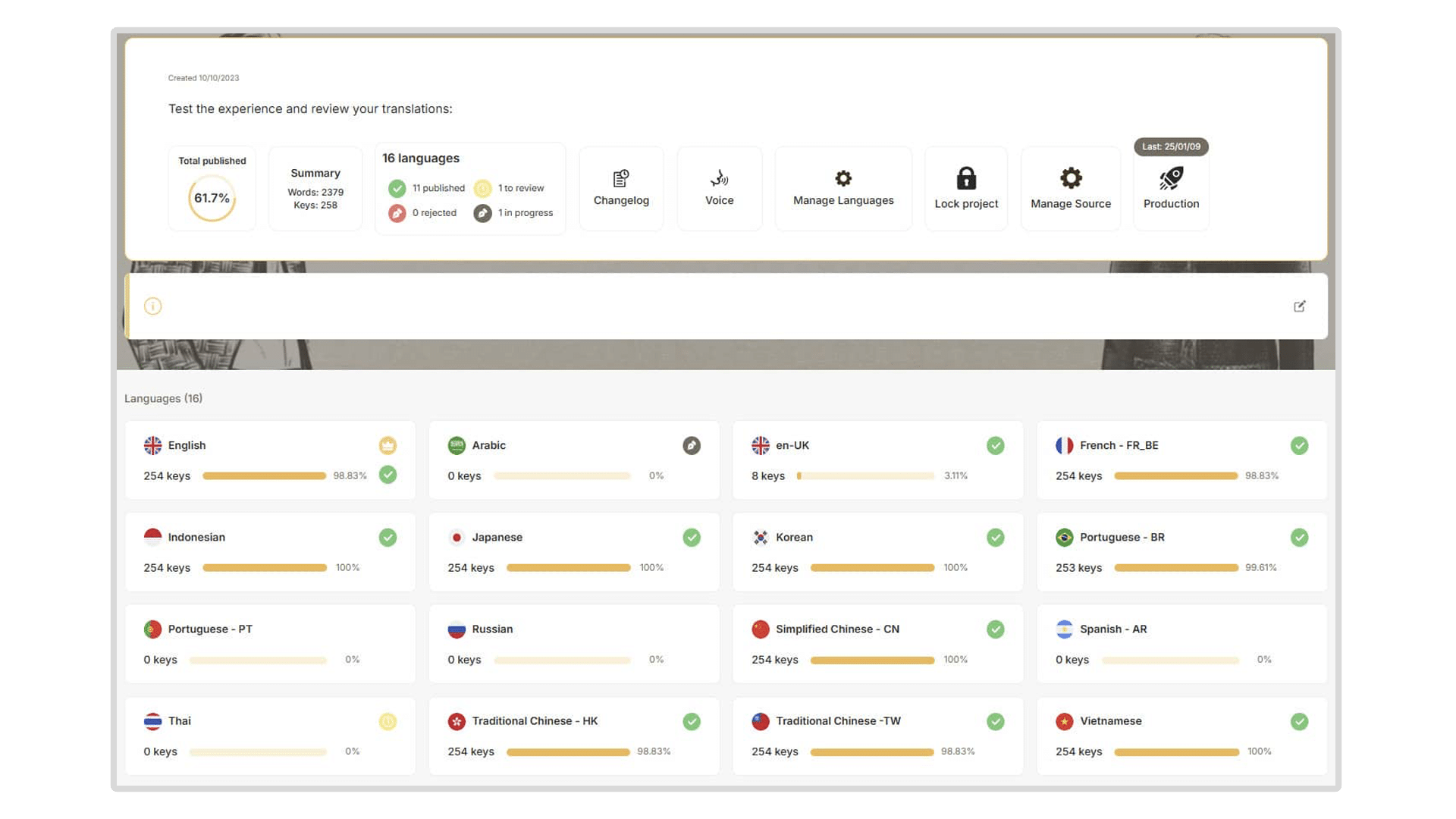
How To Create Diversity And Inclusion Training That Works

Emphasis on the need for respect, equality, compassion, and acceptance within traditional workplace environments has arguably never been more prominent than it is now in 2022. And it’s likely to become an even greater focus in the years to come as conversations about inequalities and divisions related to gender, sexuality, race, disabilities, accessibility, and class enter the spotlight. Because of this, the need for high-quality diversity and inclusion training within all types of companies is more necessary than ever.
But what, exactly, does diversity and inclusion training entail, and how can you ensure your company is providing it in a way that produces effective and long-lasting results? Below, our experts at Emeraude Escape will explore each of these topics. Please continue to find out more, and consider exploring our wide selection of other great educational resources.
Related: Partner Portals 101: Drive Loyalty & Sales With Gamification
Diversity and Inclusion Training: What is It, and Why is It Important?
In short, diversity and inclusion (D&I) training is an organized and educational approach that centers around building understanding and awareness of how people can work together harmoniously, even with different backgrounds, genders, sexualities, ages, religions, beliefs, and physical conditions. Some companies also refer to the process as diversity, equity, and inclusion training (DEI). Practical D&I training is essential because it helps employees recognize and overcome bias within themselves and others through respect, dignity, and understanding to create a healthier and more productive work environment for everyone.
What Should Diversity and Inclusion Training Include?

Quality D&I training should address a wide array of topics to help people more fully recognize the different types of biases they possess– consciously and unconsciously- and figure out ways to move beyond them within the workplace. Without addressing these issues, companies allow room for many problems to pop up and negatively impact everyone’s work environment.
Some common examples include;
- Stereotyping
- Implicit and unconscious biases
- Cultural awareness
- Awareness of social identity
- The challenge of structural inequalities
- Reducing prejudice
- Anti-harassment
- Addressing microaggressions
No two companies will need to emphasize these topics to the same degree. So while it’s essential to include all of them, companies should focus on the areas where the most issues seem to arise.
Related: What is a Corporate Applied Game?
The 7 Pillars of Inclusion
Many companies address the topics above by structuring their training around what’s commonly called the Seven Pillars of Inclusion. Each pillar examines key elements and factors that create open and accepting environments where everyone can flourish effectively without fear of judgment, persecution, or exclusion. These pillars include;
1 – Access
2 – Attitude
3 – Choice
4 – Communication
5 – Opportunities
6 – Partnership
7 – Policy
Examples of Key Diversity and Inclusion Training Metrics
Naturally, businesses need to leverage at least a few types of metrics to help ensure that any training efforts are producing meaningful results among employees, and D&I training is no exception. Before training even starts, company leaders need to decide on and establish a range of metrics to measure how levels of diversity and inclusion change over time. Some of the most compelling examples of diversity, equity, and inclusion metrics include;
- Employee feedback
- Diversity percentage in leadership roles
- Overall employee retention
- Training program engagement (and engagement of other vital programs)
Want to take company training to the next level? Emeraude Escape is here to help.
Tactics to Create Effective Diversity and Inclusion Training

There is an assortment of tactics that companies can leverage to develop an effective D&I training program that delivers positive and long-lasting changes. For the best results, companies should;
1. Develop Engaging Games And Activities For Diversity And Inclusion Training
Fun activities, games, and gamification within company training efforts are a great way to get and keep people engaged and invested. These tactics help ensure that people learn more, retain more, and will hopefully be able to apply that knowledge later. Gamification is backed by science and is known for its effectiveness because it leverages several vital elements of the human brain and body to facilitate accelerated and incentivized learning by drawing on intrinsic and extrinsic motivation concepts.
2. Tailor Gamified Training to Your Company
Gamification in training ensure higher levels of employee participation, satisfaction, and better overall training results. However, it also allows companies to customize their efforts to focus specifically on essential diversity and inclusion issues that may be more apparent than others within the workplace. For example, our experts at Emeraude Escape have a wide selection of games dedicated to disability and accessibility D&I training and gender equality D&I training.
Related: 9 Benefits of Team Building In The Age of Remote Work
3. Extend and Maintain Gamified Training Over Time
One training session is never enough to convey everything and have people retain all of what they need to know, even when gamification is leveraged to improve the process! Companies need to extend and maintain the training efforts over time to see tangible results in the workplace. The great thing about training through games- especially digital ones produced by Emeraude Escape- is that people can play them repeatedly.
4. Leverage an Integrated Approach With Employees at All Levels
It’s not just new or low-level employees that need diversity and inclusion training; it’s managers, supervisors, and anyone else in a critical leadership position. Even CEOs can learn a lot from D&I training, and it has the potential to produce significant positive changes in how they approach company operations in the future. Be sure your company’s D&I approach involves as many people as possible to ensure the creation of a safe, accepting, and productive work environment.
Final Factors to Consider
Our team of dedicated gamification experts at Emeraude Escape hopes that the above information has convinced you about the essential nature of practical D&I training and encouraged you to step into the unique training efforts currently taking place within your company or business. Please consider exploring our website to learn more about our wide selection of solutions and services. We can help create a tailor-made gamified training program to suit the needs of your company’s D&I efforts to help ensure you see the best possible results.
Emeraude Escape can help enhance your diversity and inclusion training!
Discover


Book A Demo
Get a personalized demonstration by one of our game design experts.


